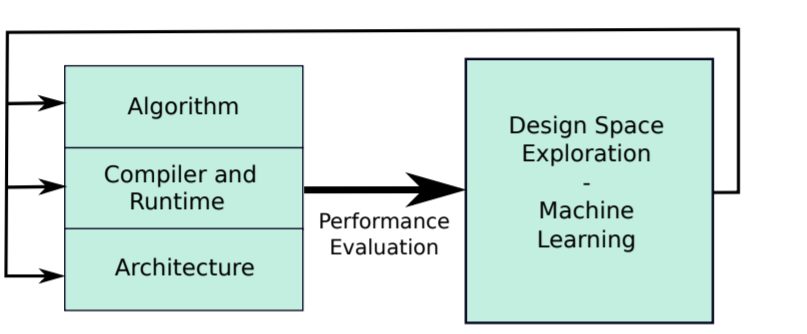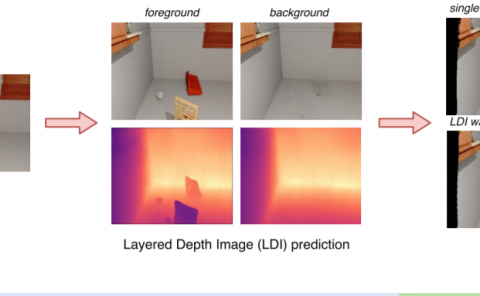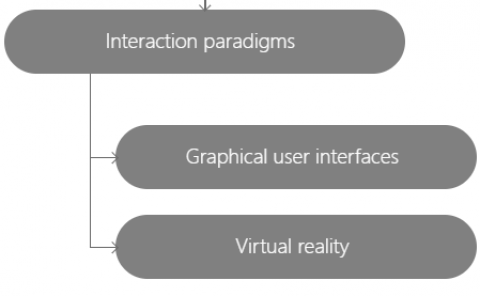Navigating the Landscape for Real-time Localisation and Mapping for Robotics and Virtual and Augmented Reality
PubDate: Aug 2018
Teams: (1) Department of Computing, Imperial College London, UK, (2) School of Informatics, University of Edinburgh, UK, (3) School of Computer Science, University of Manchester, UK, (4) Electrical Engineering - Computer Systems, Stanford University, USA)
Writers: Sajad Saeedi (1), Bruno Bodin (2), Harry Wagstaff (2), Andy Nisbet (3), Luigi Nardi (4), John Mawer (3), Nicolas Melot (1), Oscar Palomar (3), Emanuele Vespa (1), Tom Spink (2), Cosmin Gorgovan (3), Andrew Webb (3), James Clarkson (3), Erik Tomusk (2), Thomas Debrunner (1), Kuba Kaszyk (2), Pablo Gonzalez-de-Aledo (1), Andrey Rodchenko (3), Graham Riley (3), Christos Kotselidis (3), Björn Franke (2), Michael F. P. O’Boyle (2), Andrew J. Davison (1), Paul H. J. Kelly (1), Mikel Luján (3), Steve Furber (3)

Abstract
Visual understanding of 3D environments in real-time, at low power, is a huge computational challenge. Often referred to as SLAM (Simultaneous Localisation and Mapping), it is central to applications spanning domestic and industrial robotics, autonomous vehicles, virtual and augmented reality. This paper describes the results of a major research effort to assemble the algorithms, architectures, tools, and systems software needed to enable delivery of SLAM, by supporting applications specialists in selecting and configuring the appropriate algorithm and the appropriate hardware, and compilation pathway, to meet their performance, accuracy, and energy consumption goals. The major contributions we present are (1) tools and methodology for systematic quantitative evaluation of SLAM algorithms, (2) automated, machine-learning-guided exploration of the algorithmic and implementation design space with respect to multiple objectives, (3) end-to-end simulation tools to enable optimisation of heterogeneous, accelerated architectures for the specific algorithmic requirements of the various SLAM algorithmic approaches, and (4) tools for delivering, where appropriate, accelerated, adaptive SLAM solutions in a managed, JIT-compiled, adaptive runtime context.


